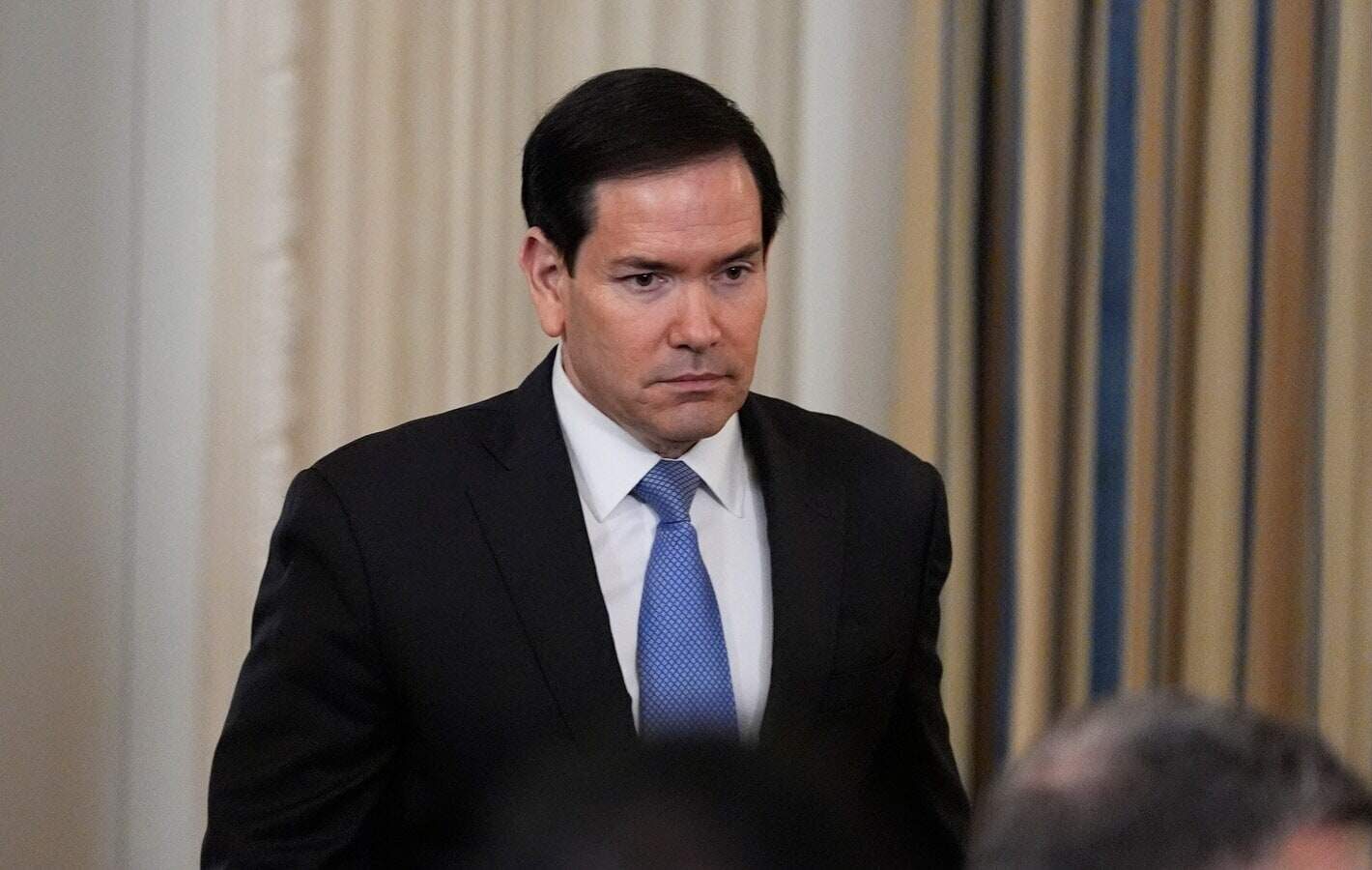Quick Read
Marco Rubio announced that the Gaza peace deal is 90% complete.The agreement includes the release of Israeli hostages and a transitional Palestinian government.International players, including the U.S., are crucial in finalizing the deal.Challenges include mistrust, logistics, and establishing a legitimate governance structure.The plan could reshape the future of Gaza and set a precedent for Middle Eastern peace.
The Gaza conflict, a prolonged and devastating war between Israel and Hamas, has reached a critical juncture with the United States playing a pivotal role in brokering peace. Marco Rubio, the U.S. Secretary of State, has been at the forefront of these negotiations. Recently, Rubio announced significant progress toward a resolution, stating that a deal is ‘90% done.’ This milestone reflects years of diplomatic efforts aimed at ending the violence and establishing a sustainable governance structure in Gaza.
Key Aspects of the Proposed Peace Deal
At the heart of the ongoing peace negotiations lies a 20-point plan proposed by U.S. President Donald Trump. The plan outlines several critical measures aimed at ending hostilities and laying the foundation for long-term stability. Chief among these is the release of Israeli hostages held by Hamas in exchange for Israel withdrawing to what is referred to as the ‘yellow line,’ a demarcation within Gaza established in mid-August.
Marco Rubio emphasized that Hamas has agreed ‘in principle’ to the framework, which includes not only the immediate cessation of violence but also a roadmap for post-conflict governance. The plan envisions Gaza being governed by a technocratic, apolitical Palestinian committee, effectively sidelining Hamas from future governance roles. This transitional government is expected to operate under the guidance of an international consortium, referred to as the ‘board of peace.’
While these agreements mark significant progress, Rubio cautioned that logistical and technical challenges remain. The release of hostages and the establishment of a new governance structure are complex processes that require meticulous planning and international cooperation.
The Role of International Players
The United States has taken a leading role in facilitating these negotiations, with key figures such as Steve Witkoff and Jared Kushner representing the Trump administration. Meetings are being held in Cairo, where representatives from both sides, along with international mediators, are working to finalize the details of the agreement.
Israeli Prime Minister Benjamin Netanyahu has expressed his support for the peace plan, signaling a willingness to collaborate with the international community to implement its provisions. On the other hand, Hamas has shown readiness to release hostages as a gesture of goodwill, though the organization remains cautious about the broader implications of the proposed governance changes.
Rubio has stressed that the involvement of an international consortium is crucial for the success of the peace plan. This group would not only oversee the transitional government but also provide the necessary resources and expertise to rebuild Gaza’s infrastructure and economy.
Challenges and Controversies
Despite the progress, several challenges loom large. One of the most significant hurdles is the question of trust between the conflicting parties. While both Israel and Hamas have shown a willingness to negotiate, deep-seated mistrust could hinder the implementation of the agreement.
Another contentious issue is the timeline for establishing the transitional government. Rubio himself acknowledged that ‘you can’t set up a governance structure in Gaza that’s not Hamas in three days.’ The process will require careful planning and coordination, which could extend the timeline and potentially derail the peace process.
Additionally, there are concerns about the representation and legitimacy of the proposed technocratic government. Ensuring that this body is inclusive and representative of the Palestinian population will be critical for its success and acceptance.
The Broader Implications
The successful implementation of the Gaza peace plan could have far-reaching implications for the Middle East. It could serve as a model for resolving other long-standing conflicts in the region and pave the way for more comprehensive peace agreements.
For Israel, the end of the Gaza war would mean enhanced security and the possibility of focusing on other domestic and international challenges. For the Palestinian people, it could herald a new era of governance and development, free from the influence of militant groups like Hamas.
However, the road ahead is fraught with uncertainty. The success of the peace plan will depend on the commitment of all parties involved, as well as the support of the international community.
The Gaza peace negotiations led by Marco Rubio represent a significant step toward ending a conflict that has caused immense suffering. While challenges remain, the progress achieved thus far offers a glimmer of hope for a peaceful and prosperous future for the region.
